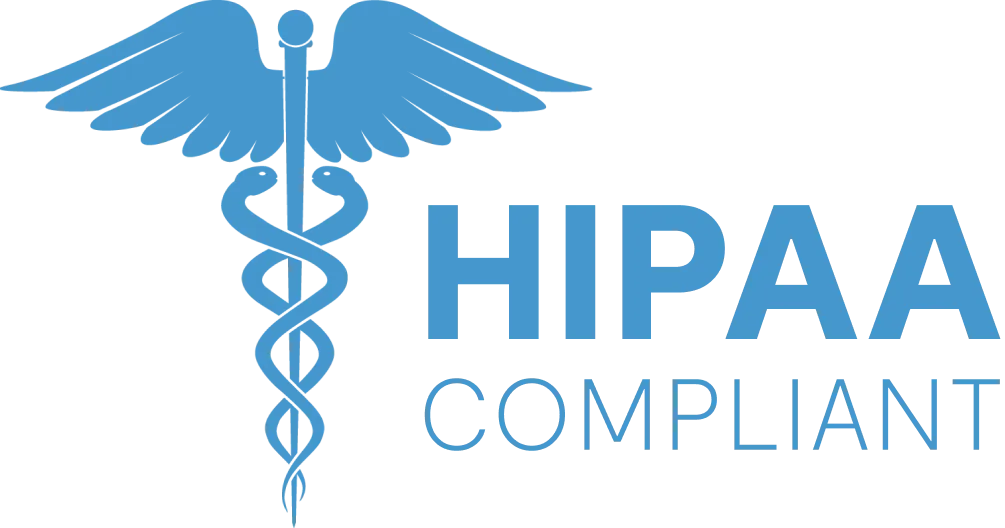
AltLegal: optimizing complex ETL and data engineering
The challenge
Intellectual Property Software is a booming market. Research shows it’s growing steadily, and the US alone holds 30% of the market share regarding this software. In NYC, Alt Legal started a bold mission: to bring IP docketing firms in the US to a new age. They set their product apart from the competition by focusing on automation, simplicity, and collaboration, which led to fast growth with several high-profile clients. Growth always has its challenges, and Alt Legal needed help to keep delivering new features while maintaining support and keeping the codebase clean and tested. That’s when Nehal Madhani, CEO, reached out to Vinta. Our mission was to help deliver new features, increase code quality, and reduce the bug count

Diagnostic
We always start a project with a thorough inspection of the codebase we’ll be working on. That clarifies which code needs refactoring and how the architecture is structured. During the inspection, we realized it would take longer to improve everything than it’d be to create a whole new platform from scratch.
As this decision would influence different parts of the business, we called for a meeting to explain all the trade-offs involved. This decision meant maintaining two platforms and working progressively in a migration process. Nevertheless, the benefits of quality and freedom to explore the user’s needs were worth it. Alt Legal’s team agreed, and we began iterating over what needed to be done.
A better experience based on real data
From our experience, we know a confusing user-experience generally leads to complex and nested code. So efforts in understanding user behavior in depth are essential to delivering better code. During the first sprints, we realized that some hypotheses needed to be checked, and that could bring lots of changes for the new version of the product. Usually, to do that, we look for the support team of the product. They are constantly in touch with the users and know about their struggles. We created a board so every issue brought by the users could be addressed and scrutinized by everyone.
After initial studies, we categorized our design backlog by urgency — what demanded an immediate effort and improvements that could wait. The primary goal of the redesign was to clear the way, made collaboration easier, and streamline a bunch of tedious activities. We also understood which features the users expected to be fully automated and which worked better in a more manual context.

Optimizing the infrastructure
While that was being discussed and the new UI was designed, we focused development effort in making the automation and imports more smooth and quick. This implementation proved to be particularly challenging, mainly because of the enormous amounts of data that the system needed to process and store cyclically. The database is about 3TB big, filled with patents and trademarks from all over the US, each structured in the specific way the state where it was filed demands. That required us to de-duplicate vast chunks of data, and do it in a way that didn’t compromise performance.
When the new system was ready to start receiving the first firms, we developed a process that would speed up the migration of old users, while also making sure no mistakes occurred. It was essential to align with the success team what clients were to be migrated first and at what pace the migrations needed to happen.
The whole new system is built using Django, React, and Postgres. We also rely a lot on community-validated open-source APIs and third-party software services. Based on our learnings on this project, we were also able to generate fantastic tech talks! Flávio Juvenal, one of our founders, gave talks about normalization and deduplication, both in meaningful events like PyCon US and Djangocon US.
Branching to the business
After the migration process was stabilized, we started discussing with the team which activities in Alt Legal's daily operation could be improved and paralleled with new feature developments. Their first idea was to develop automation that would help the CEO demonstrate and sell the system for potential clients. He further mentioned that his homepage could use improvements in conversion. We used this opportunity to increase their SEO, change the design to a mobile-first approach, and added a heatmapping tool, so we could take advantage of user data to guide future design decisions.
Building a homepage like that can't be done without a solid understanding of the sales process and customer personas. Generally, opinions diverge on those two fronts, and different assumptions would sometimes hinder development and UX studies. The problem with assumptions is that unless you acknowledge them and test whether or not they are correct, they generate endless debates. Our initial iterations allowed us to refine the process of discussion as a team. It has been used ever since and is one of the reasons we've been able to help Alt Legal bring IP docket firms to a new age of seamless collaboration and automation.

























%201.webp)
